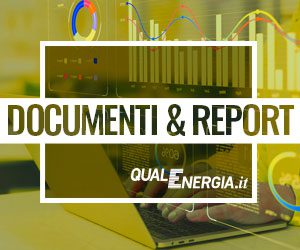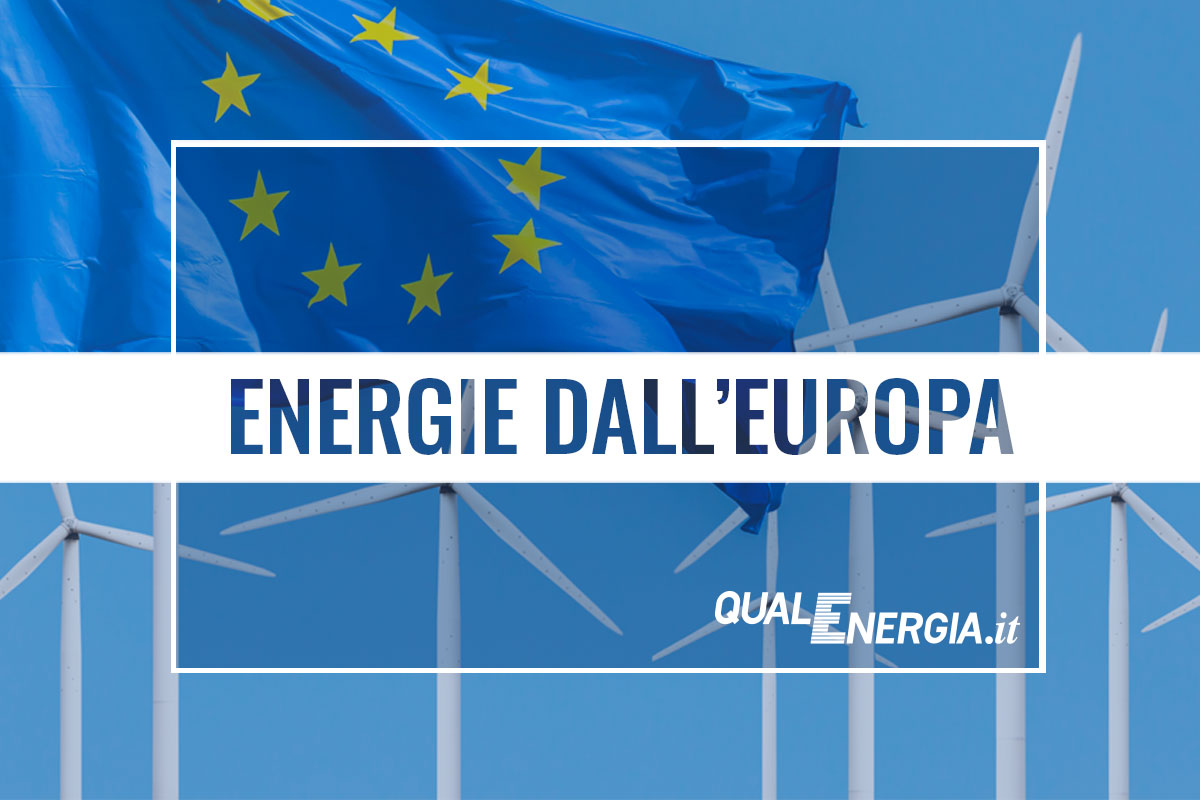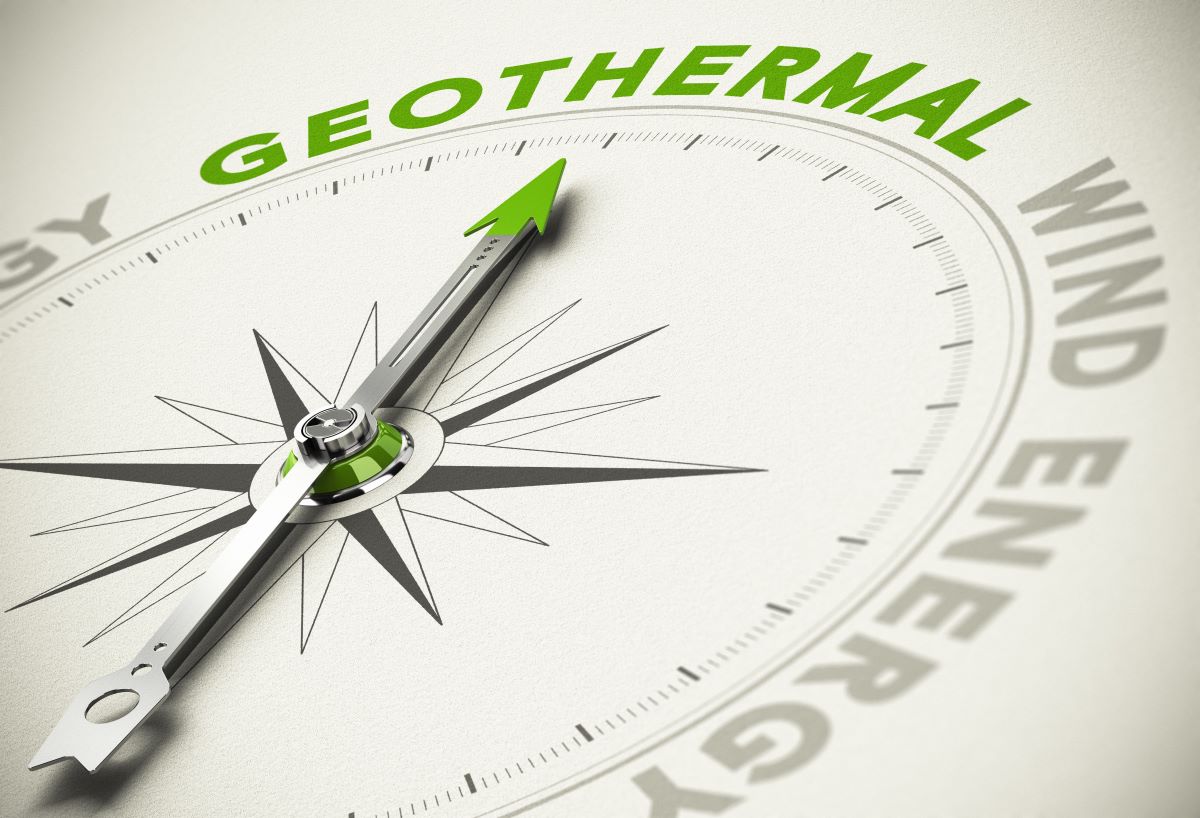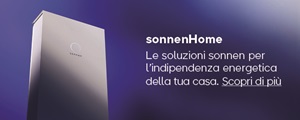In recent years, thanks to the availability of incentives significant enough to warrant retroactive measures in certain cases, there has been growth in the green energy sector. Can this growth rate be maintained? Is the renewables sector still in its initial growth phase? There are certainly some positive signs.
The role of energy efficiency must be taken into account; according to the Commission’s analyses, this should guarantee energy consumption figures at the end of the next decade which are 2-15% lower than those for 2010.
The development of green technologies will bring about further reductions in cost. In certain cases, such as photovoltaic energy, it is conceivable that in the next decade the market should flourish without the need for incentives, largely through the use of systems combining solar power and storage solutions.
A study carried out by Imperial College London, which involved the GSE [Gestore Servizi Energetici, an Italian state-owned company which promotes and supports renewable energy sources], estimates that covering with PV 10% of European demand by 2030 would only represent a modest cost in terms of grid integration. In Italy, with solar-power production 2.5 times higher than it is currently, with a quota of 16-18% of electrical consumption, methane importation could be reduced by 20%, with only modest grid integration costs.
Thermal renewables still present great growth margins with low costs, and their use will expand as the housing stock is upgraded. Other applications, currently marginal, will also find a role, e.g. air conditioning, and the supply of process heat for industrial use through solar technologies.
Second- and third- generation biofuels will allow the use of local biomass and it can be expected that significant innovations (from second generation bioethanol to algae fuel) will increase their competitiveness.
More generally, the differential between the increase in the price of fossil fuels and the parallel reduction in that of renewables will act as a driving force to offset any slowing in the market.
A recent study carried out by the Fraunhofer Institute analyses the levelised cost of electricity, calculated for the entire life cycle of systems, in Germany, concluding that both onshore wind and photovoltaic energy will be able to compete with thermoelectric power plants for the majority of the next decade.
With Europe focused on achieving greater industrial competition, particular attention should be paid to technologies. In certain sectors, the sheer ingenuity of some small- and medium-sized businesses will enable them to offer competitive products. In others, coordinated research and investment efforts will be necessary to reach the continental critical mass required to compete with Asia, the United States and the Arab countries.
It is important, therefore, that ambitious objectives be set for 2030, such as those being discussed. For electricity, this means half of production being generated by renewables, highlighting the current irreversible move towards decarbonisation. And it is also important that the next phase be managed with a minimal use of incentives and a maximum contribution in terms of research and innovation, with the aim of creating an industrial backdrop for the energy of the future.















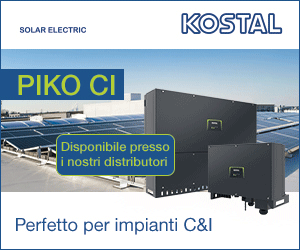
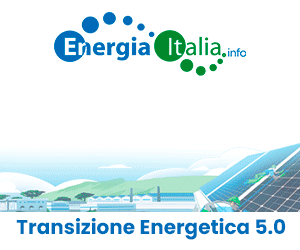
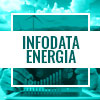






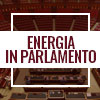
.gif)
